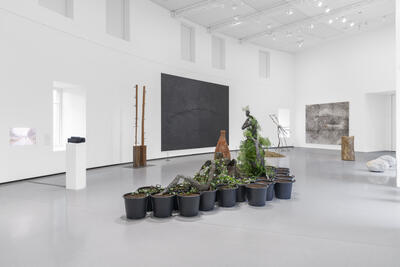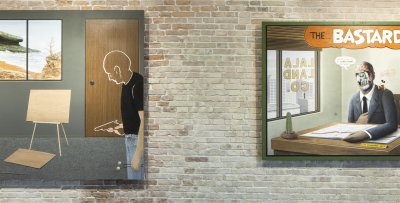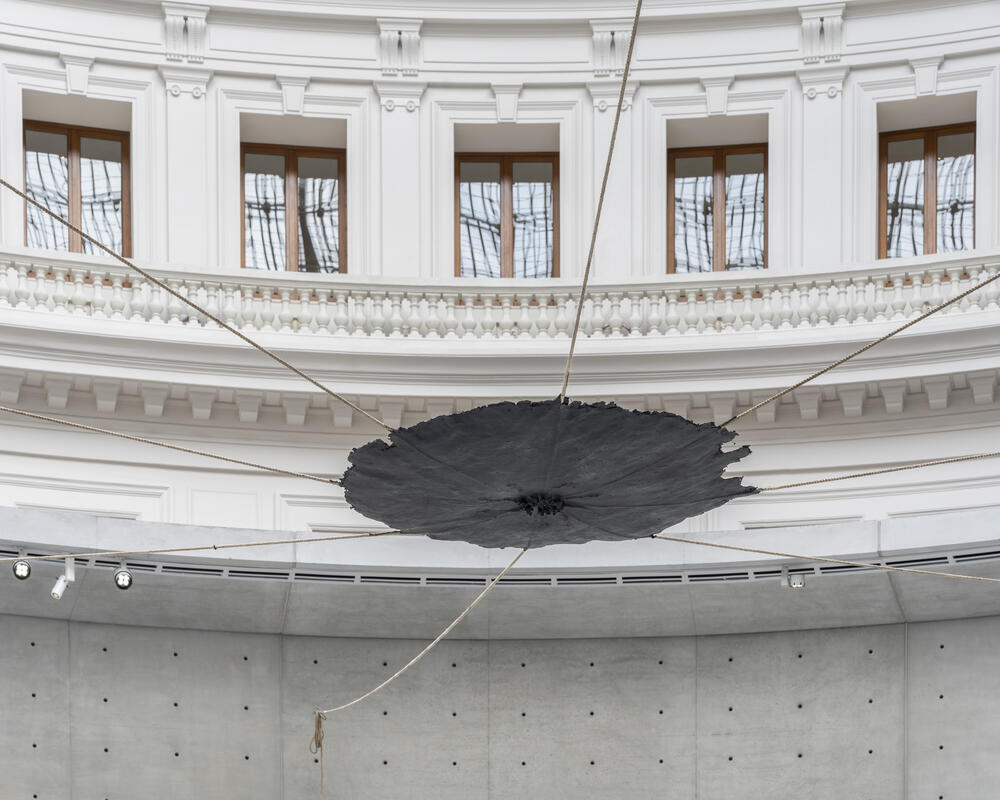Rosa-Blu-Rosa
1967
Half Eternit cylinder, plaster and cobalt chloride
15 x 280 x 32 cm (5 7/8 x 110 1/4 x 12 5/8 in.)
Rosa-blu-rosa (1967) is a reinforced concrete half-cylinder containing cobalt chloride. When the mix is poured, it goes from pink to blue because of the change in the humidity level. The material's instability thus lies at the heart of the artwork, which conveys a message of perpetual transformation. “I think that Arte Povera's great ability, the work of our generation, has been to activate sensitivities and to reveal the invisible. I can say I'm in favor of my work as a privileged spectator.” (G. Zorio, conversation with L. Conte, in Quaderni di scultura contemporanea, n ° 9, 2010, p. 28).
Bold, inventive, even revolutionary, Gilberto Zorio's is one the most original artists of the Arte Povera Italian movement. His interest for natural phenomena and the transformation of materials have led him to create sculptures and installations whose vocabulary is rich and poetic.
Held in the Pinault Collection, Rosa-blu-rosa was shown for the first time in 2006 at the Where Are We Going? exhibition at Palazzo Grassi, in Venice.
Bold, inventive, even revolutionary, Gilberto Zorio's is one the most original artists of the Arte Povera Italian movement. His interest for natural phenomena and the transformation of materials have led him to create sculptures and installations whose vocabulary is rich and poetic.
Held in the Pinault Collection, Rosa-blu-rosa was shown for the first time in 2006 at the Where Are We Going? exhibition at Palazzo Grassi, in Venice.
Exhibitions
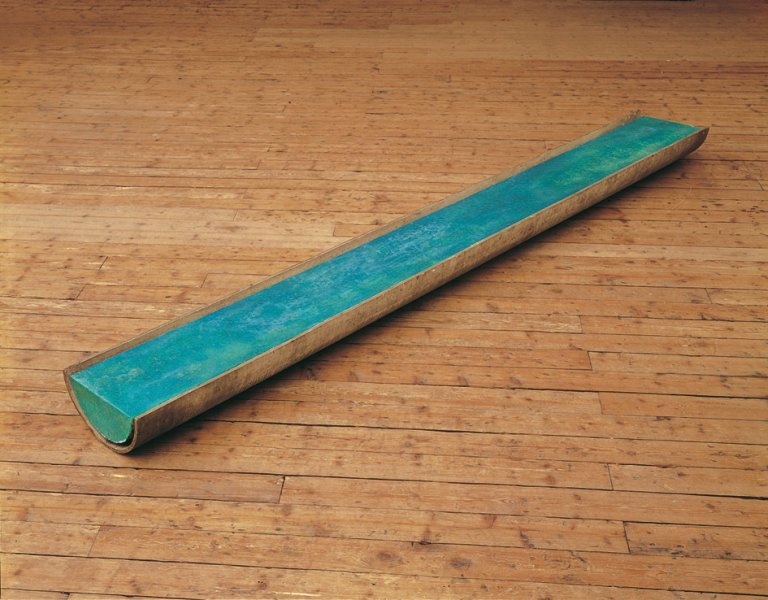
Gilberto ZORIO © Adagp, Paris.
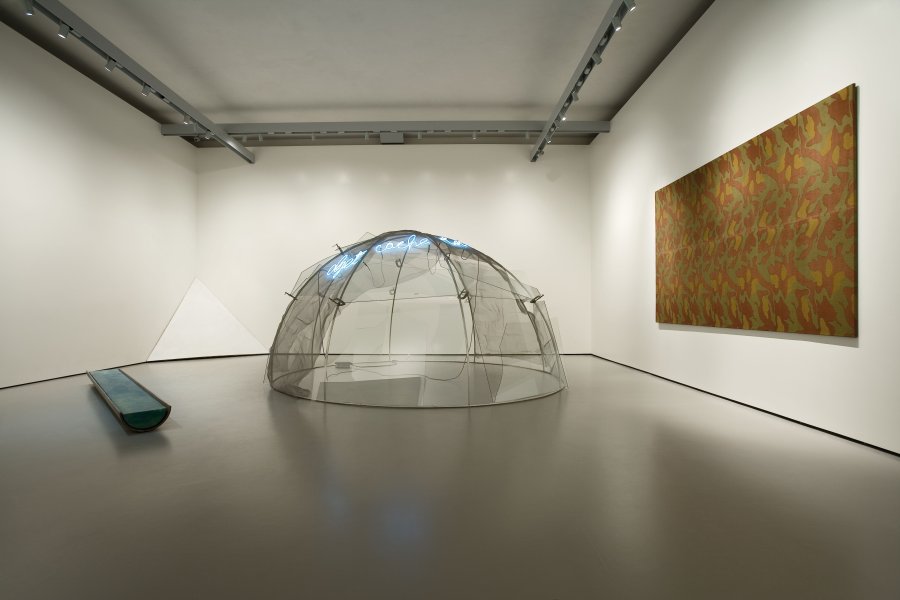
Gilberto ZORIO © Adagp, Paris.
Photo : Santi Caleca
Exhibition view, Where Are We Going ?, Palazzo Grassi, Venice, April 29 - October 1 2006.
